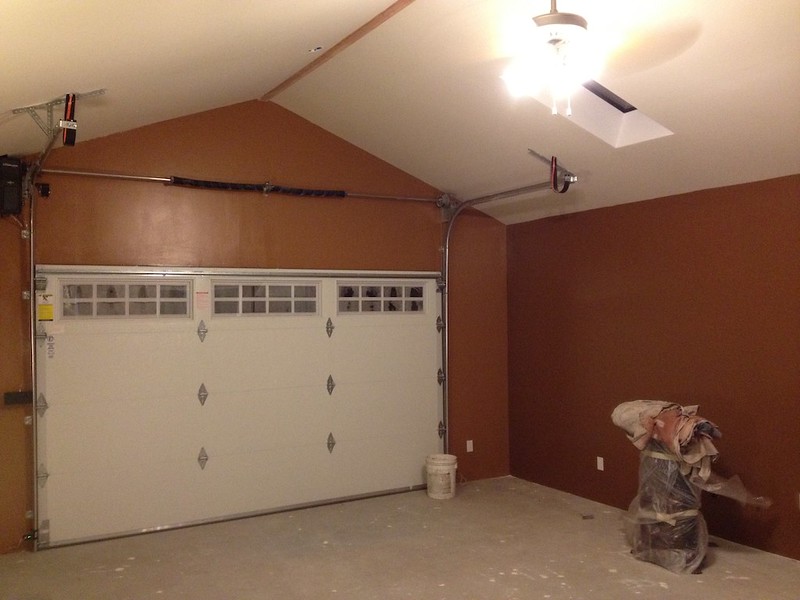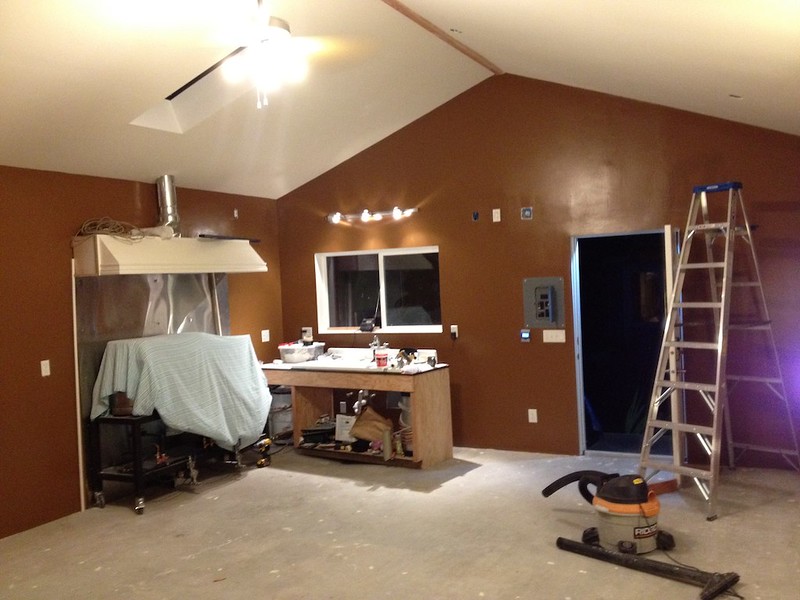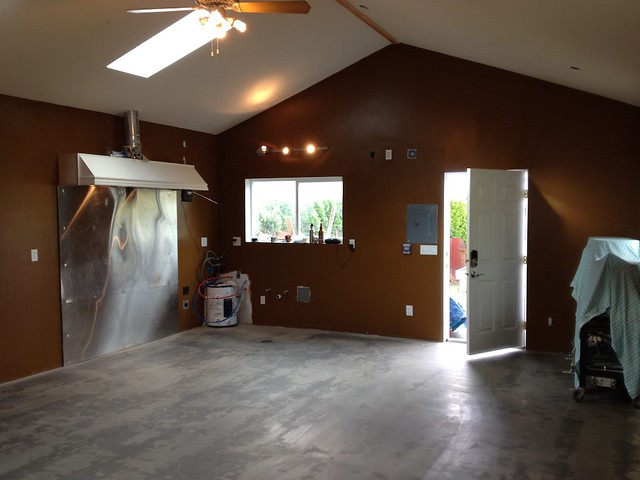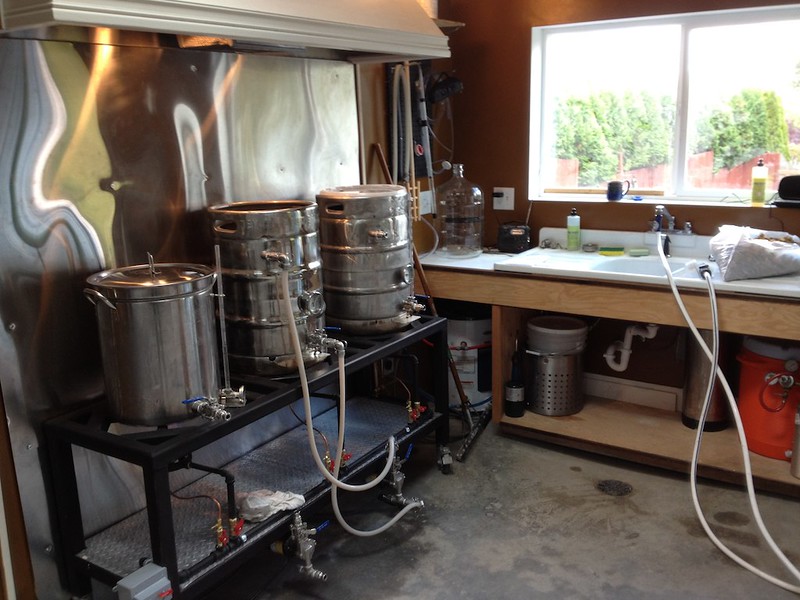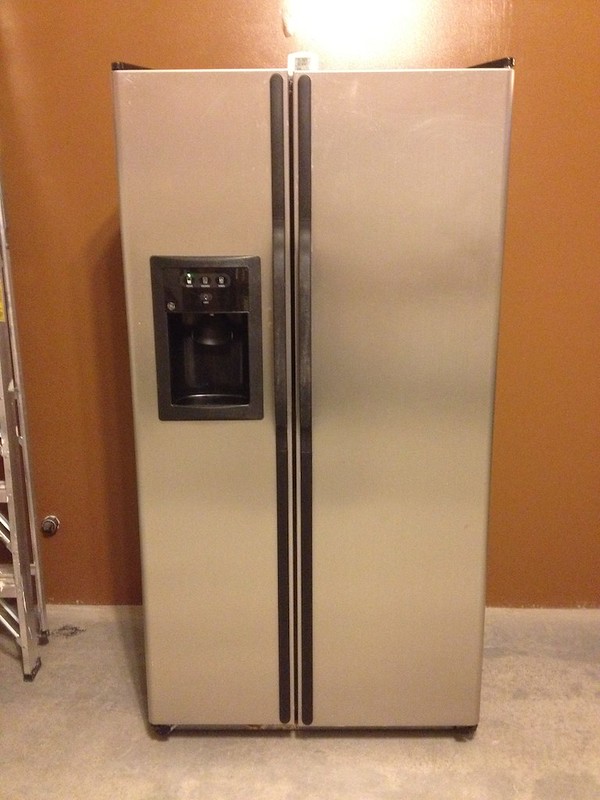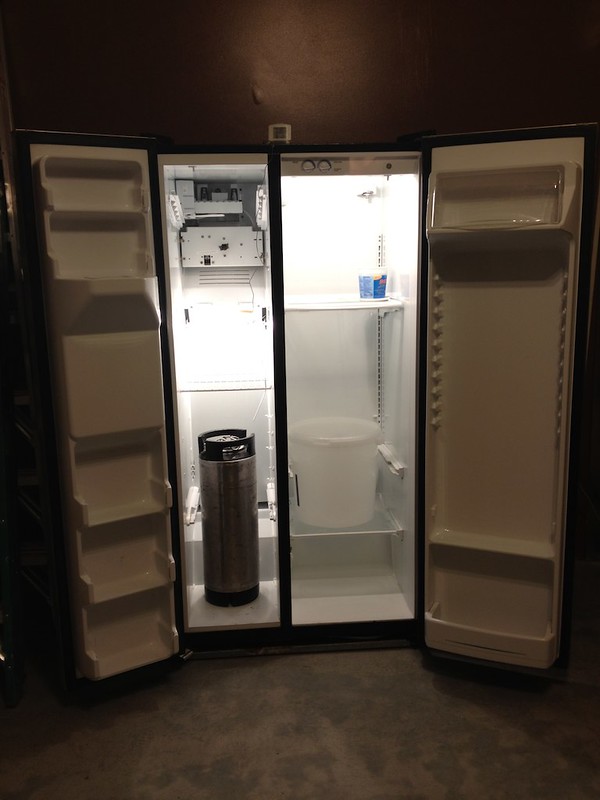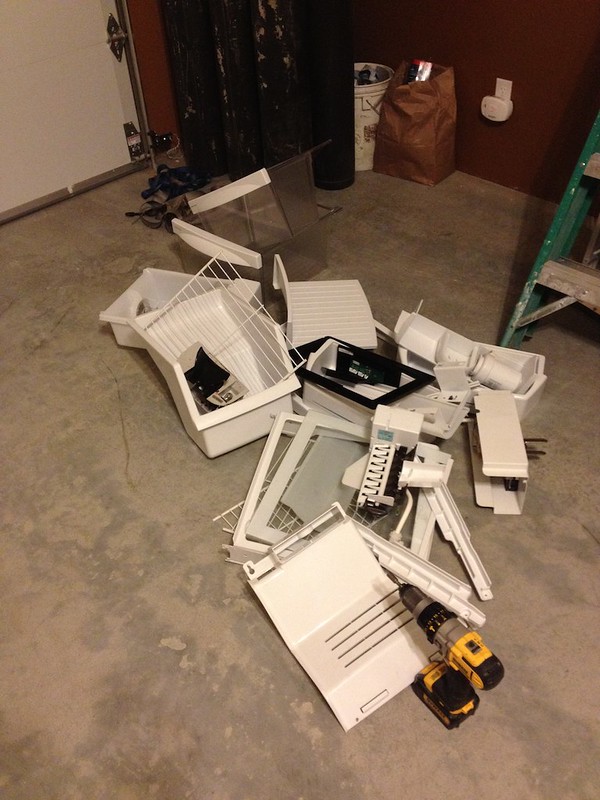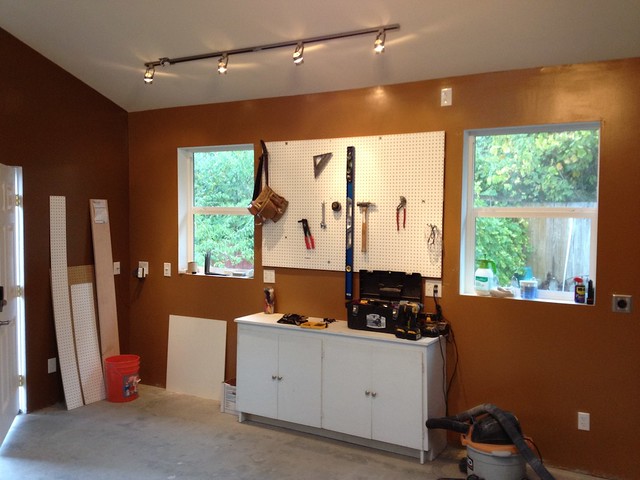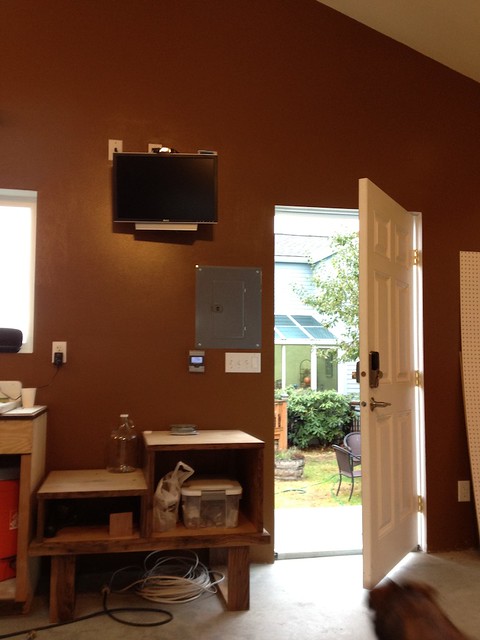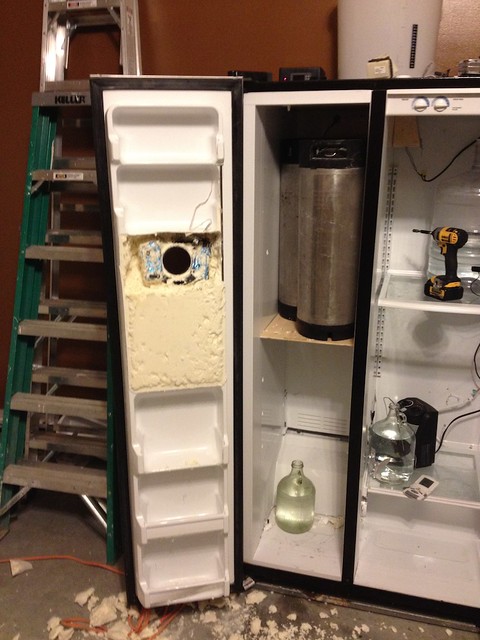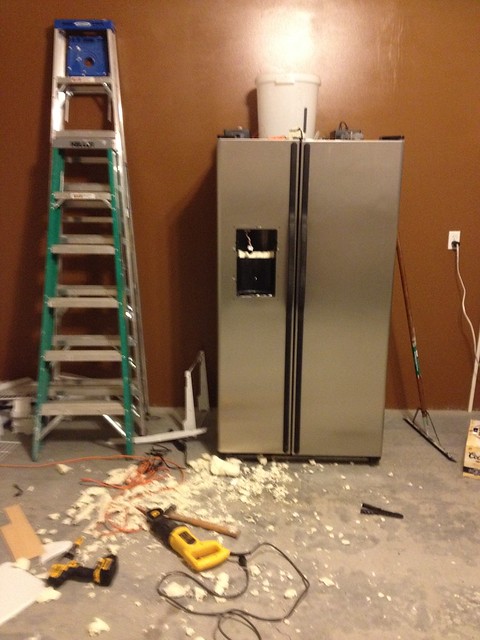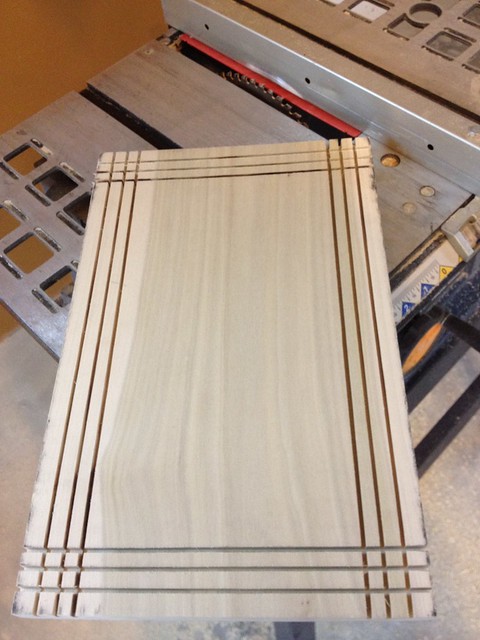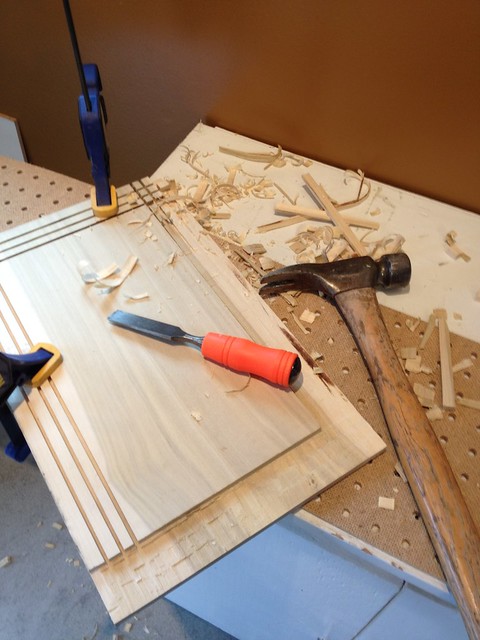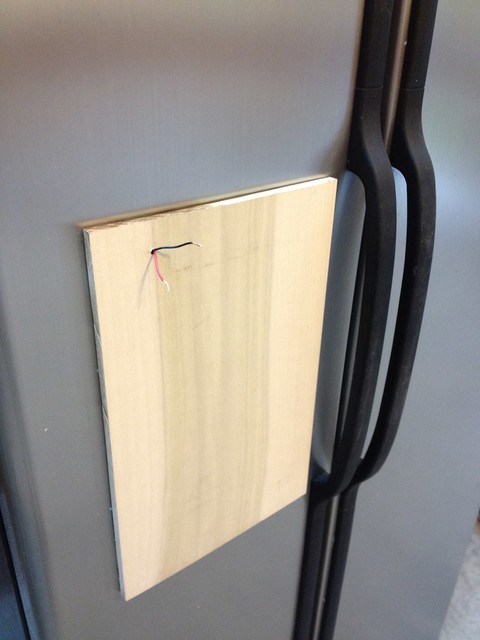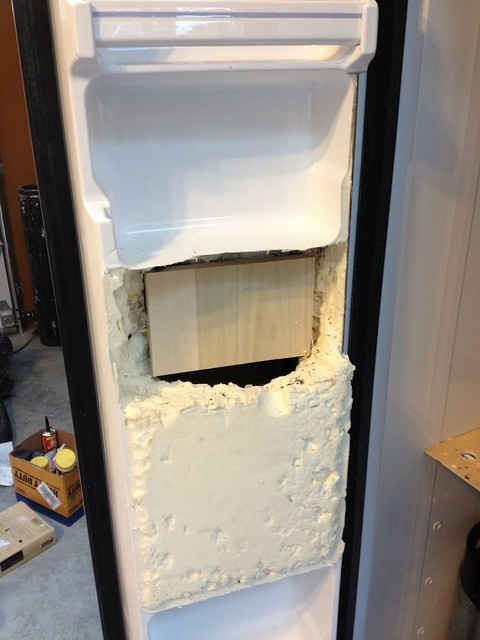When I factored in all the time associated with properly preparing a concrete floor (it gets worse with a floor that has been used for years) for epoxy application, I realized it would be just as much work to epoxy as it would be to grind and seal.
The grinding/polishing/sealing operation will end up taking about 8 hours (DIY), and cost about $800 in rental and materials. The epoxy solution was looking more like 10 hours (DIY) and $500 in materials to really do it right. To me, those are about equal.
Polished concrete is more durable when it comes to stuff like welding, dropping hot/heavy things, tire traffic, etc. Both options are good for liquids, and will work with my flood drain. I believe the epoxy option is more resistant to acidic liquids, but as discussed earlier in this thread, the difference is not huge for a homebrewer.
In the end, I've seen so many beautiful polished concrete floors that I've been envious of, but have had considerably less exposure to epoxy. It's a personal decision, but I found that I liked and trusted the polished & sealed option more than the epoxy. Since it was about the same cost/effort equation, I'm going with what I know.
Here are the instruction videos for the kit I'm using, if you are interested in seeing the whole process:
The grinding/polishing/sealing operation will end up taking about 8 hours (DIY), and cost about $800 in rental and materials. The epoxy solution was looking more like 10 hours (DIY) and $500 in materials to really do it right. To me, those are about equal.
Polished concrete is more durable when it comes to stuff like welding, dropping hot/heavy things, tire traffic, etc. Both options are good for liquids, and will work with my flood drain. I believe the epoxy option is more resistant to acidic liquids, but as discussed earlier in this thread, the difference is not huge for a homebrewer.
In the end, I've seen so many beautiful polished concrete floors that I've been envious of, but have had considerably less exposure to epoxy. It's a personal decision, but I found that I liked and trusted the polished & sealed option more than the epoxy. Since it was about the same cost/effort equation, I'm going with what I know.
Here are the instruction videos for the kit I'm using, if you are interested in seeing the whole process:
Last edited by a moderator:


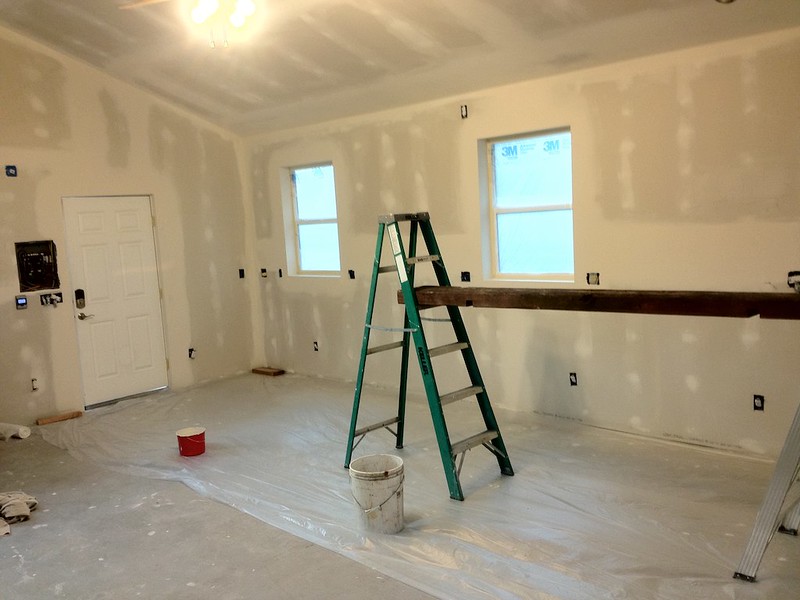
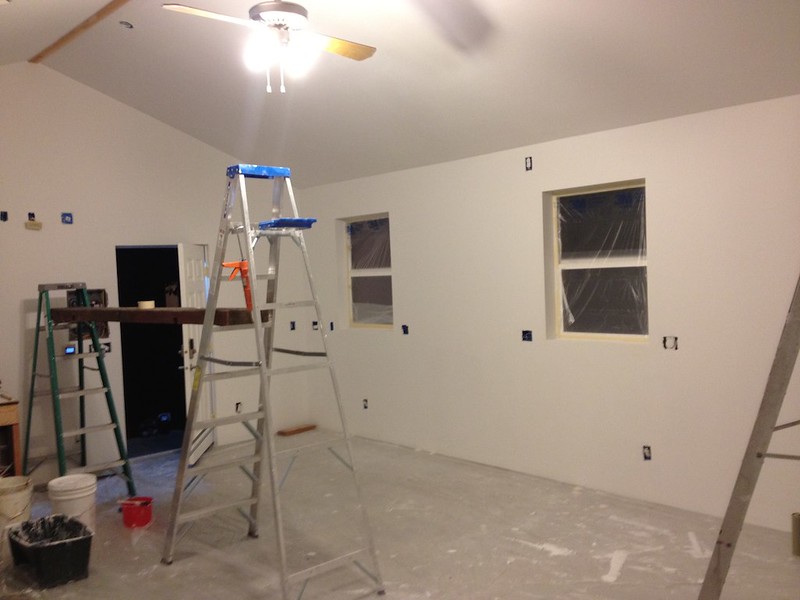











![Craft A Brew - Safale S-04 Dry Yeast - Fermentis - English Ale Dry Yeast - For English and American Ales and Hard Apple Ciders - Ingredients for Home Brewing - Beer Making Supplies - [1 Pack]](https://m.media-amazon.com/images/I/41fVGNh6JfL._SL500_.jpg)
































